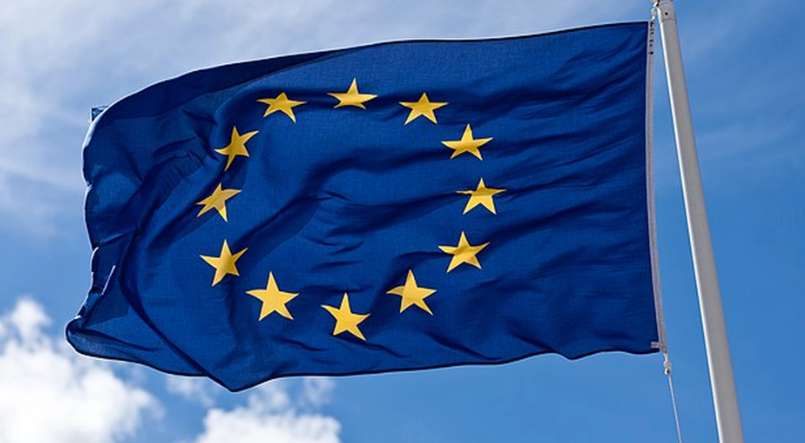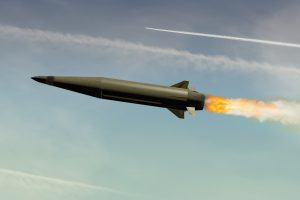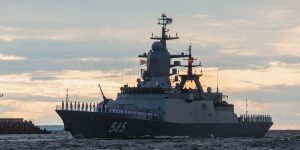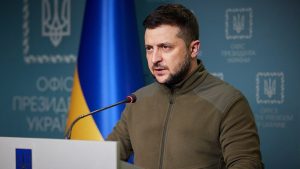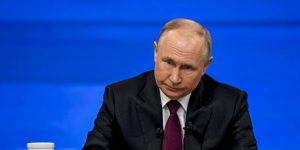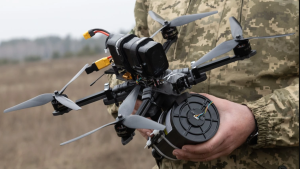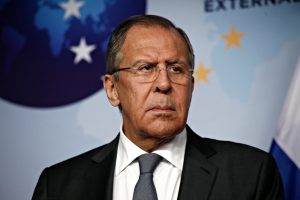Challenges in Forming a Military Presence in Ukraine
Others are reading now
With the United States ruling out direct military involvement in Ukraine, European nations are facing mounting pressure to establish a peacekeeping force. However, questions remain over whether such a mission could be effective without NATO protections or American support.
Europe’s Responsibility for Ukraine’s Security
As reported by WP Tech, U.S. Defense Secretary Pete Hegseth has made it clear that any future peacekeeping force in Ukraine must come from European nations alone. Additionally, this force would not be a NATO operation, meaning it would lack the alliance’s Article 5 security guarantees.
Without U.S. air cover, intelligence-sharing, or missile defense, analysts warn that a European peacekeeping contingent could face severe risks. Military experts argue that unless Russia is forced to accept such a mission, European troops in Ukraine would likely become direct targets for further aggression.
Can Europe Deploy Enough Troops?
Ukrainian officials have suggested that a force of 200,000 soldiers would be necessary to maintain security. However, only Poland and France have armies exceeding that number, making large-scale deployment difficult.
Also read
A smaller force—perhaps 40,000 troops—has been suggested as a more realistic option. However, even this would be a logistical challenge, requiring heavy armor, strong air defense, and strategic coordination to ensure operational success.
The Role of the U.S. in a European Mission
While the U.S. has ruled out sending troops, experts suggest that American support is still crucial. Without U.S. intelligence, logistics, and air defense systems, a European force in Ukraine could be seen as vulnerable, possibly inviting further Russian aggression.
Additionally, shifting European troops to Ukraine could weaken NATO’s overall defense posture, particularly on its eastern flank. Some analysts propose that the U.S. could compensate by repositioning forces from Germany and Italy to Poland, the Baltic states, and Finland.
A Complex Decision for European Leaders
Creating a peacekeeping force in Ukraine remains a highly sensitive issue. While some European nations may be willing to contribute troops, ensuring their security and effectiveness without direct U.S. involvement presents serious challenges.
Ultimately, any such mission would require extensive transatlantic cooperation, clear military planning, and long-term financial commitments from European governments.

